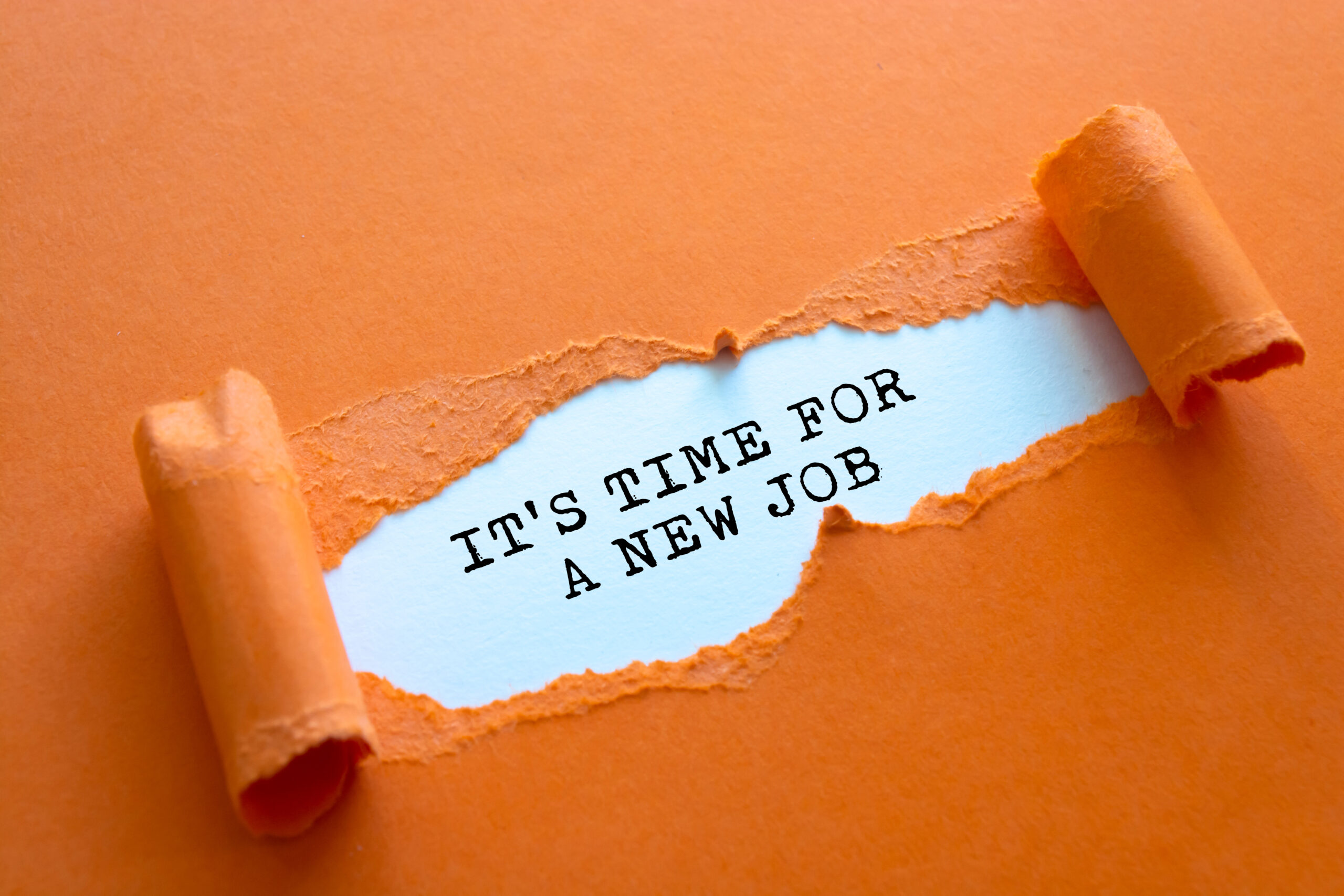Michael Casale explains the ADD approach to diversity training.
Approximately 61% of US employees have experienced or witnessed discrimination at work. While DE&I initiatives have surged in recent years, non-inclusive and inequitable behaviours continue to negatively impact businesses and employees.
It’s clear that companies are still figuring out how to provide effective diversity and inclusion training. Psychology and cognitive science research can help identify the reasons why these initiatives struggle.
Research has shown that attempting to have individuals ‘unlearn’ well-learned habits (like biased attitudes and beliefs) is a much more difficult and complicated process than many have assumed. A much more effective and realistic goal is to focus on helping employees identify and respond to non-inclusive behaviours with real-world practice in an immersive environment.
The science behind DE&I training
Some approaches have been based on a belief that non-inclusive behaviours can be unlearned simply through training and practice.
In reality, these behaviours are very difficult to change fundamentally because of the way the brain ‘protects’ the learning of complex behaviours, such as the non-inclusive behaviours that are learned over the lifetime of an individual (Crossley, Ashby, and Maddox, 2013;and 2018).
By helping the individual categorise different encounters with microaggressions (i.e racism, sexism, etc), they can then learn the proper response for each scenario and move to putting it into practice.
Essentially, this means that for unlearning to occur one would need to provide a new way to associate the ‘reward patterns’ between what people observe and how they decide whether the behaviour is non-inclusive or not.
This is problematic mostly because the way associations are made likely involves fundamental changes in the way an individual encodes these reward patterns, which is something that most if not all training programmes are unable to account for.
Instead, learning to pair the same non-inclusive behaviour with a more strongly rewarded associated action should be much more effective. For DE&I training, this means focusing on building awareness of non-inclusive behaviours and the ability to correctly identify them before making an appropriate response.
Although this doesn’t completely erase the original learning, it can be sufficient to provide a stronger, alternative response through training. One particularly important aspect to this training process are immersive environments that can provide the trainee with experiences found in the real world.
These simulated environments provide employees with actual scenarios that they will encounter in the workplace. This is important as it’s much more effective, if not critical to train, to use ‘real-world inputs’ as opposed to role play exercises or 2D videos where both are unlikely to be representative of a given learner’s workplace.
Prior related research has demonstrated that without these real-world examples, learning simply doesn’t transfer (e.g., Casale, Ashby, & Roeder, 2012). Work is currently being done to create these experiences, with researchers exploring the usage of new technologies such as VR and immersive learning.
Three steps to building a more inclusive workplace
By moving away from unlearning to categorising behaviours in an immersive environment, designing a new training approach would emphasise building on the following skills: ADD – Awareness, Detection and Decision.
- Awareness and Detection
First, employees and executives need to be able to properly identify non-inclusive workplace interactions by practising with real-world input. However, this is particularly challenging given the variety of nuances and factors such as: tone of voice, non-verbal gestures, and microaggressions.
It is difficult to truly teach proper categorisation/identification of non-inclusive behaviours without being able to actually experience scenarios with them (this is why traditional methods like seminars, presentations and videos can fall short).
It’s important to create a learning experience that immerses an individual in situations where microaggressions and non-inclusive behaviours surface so that they can then begin to recognise them in the real world.
- Decision Making
The next step places emphasis on understanding how to react in different scenarios and choosing the appropriate course of action. By helping the individual categorise different encounters with microaggressions (i.e racism, sexism, etc), they can then learn the proper response for each scenario and move to putting it into practice.
This process is potentially more effective when done in an immersive environment that allows someone to experience microaggressions from a first-person perspective in addition to watching these scenarios unfold as a third party.
- Practise action and reaction
Finally, practicing to actively engage in these situations with access to immediate feedback can build and reinforce the association between each skill. Passive training methods such as: watching videos, role play, and powerpoint presentations often follow a set script.
Allowing individuals the freedom to identify the situation, assess for options, and act on a decision can be a more effective learning experience when combined with helpful feedback. Being able to practise repeatedly in a safe, low-risk, and immersive environment allows the individual to develop new skills to better prepare and be more flexible in real-world situations.
Building an inclusive and diverse organisation is not a simple task, but steady improvements in methodology are being made with new research and technology. For DE&I training to improve, traditional methods must be supplemented with types of training that give employees the opportunity to actively participate and experience more realistic scenarios.
About the author
Michael Casale, PhD is Chief Science Officer at Strivr.




